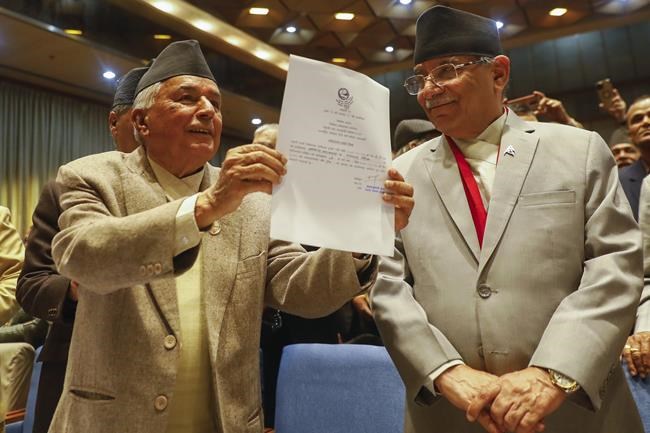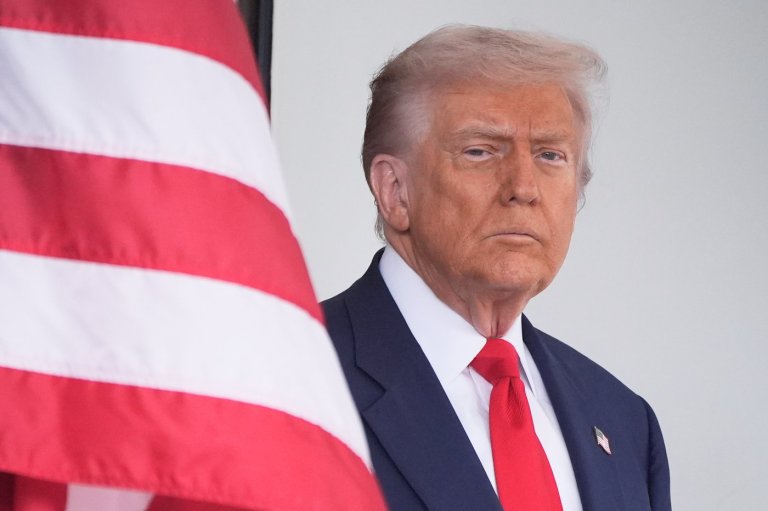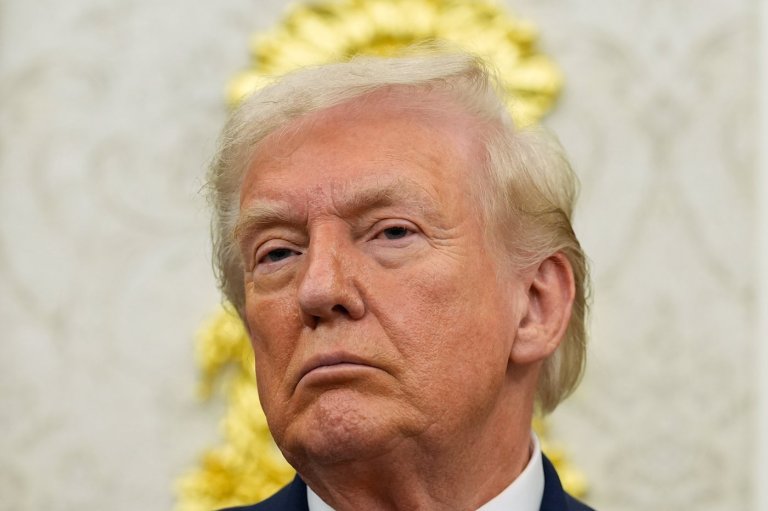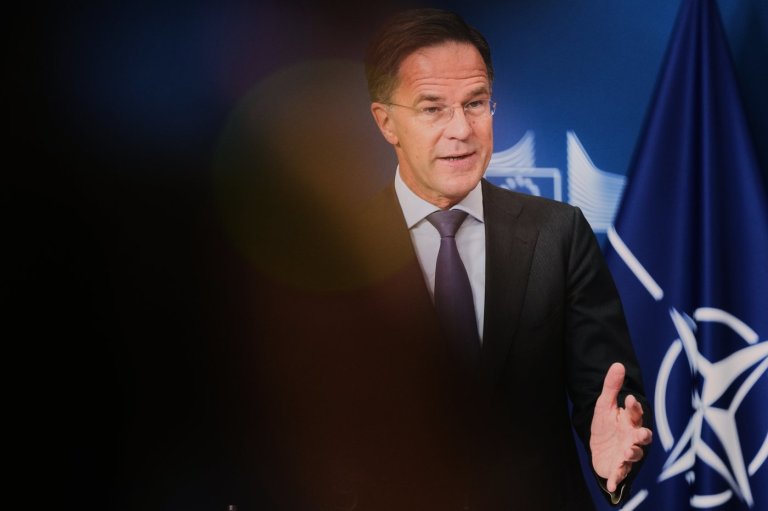
Nepal’s communist parties join forces to form a new coalition government
KATHMANDU, Nepal (AP) — Nepal’s two largest communist parties joined forces to form a new coalition government on Monday that will also include smaller parties as partners.
Maoist party leader Pushpa Kamal Dahal will remain prime minister a year after he was elected to the office.
Dahal has ended his partnership with the Nepali Congress party, the largest group in parliament, and is now joining forces with the Communist Party of Nepal (Unified Marxist-Leninist), the second-biggest party led by Khadga Prasad Oli.
Dahal appointed three new ministers on Monday who were sworn in to office by President Ram Chandra Poudel in Kathmandu. The Cabinet is expected to be expanded through negotiations between the new partners in the coalition government.
Dahal’s party is the only third-largest group in the 275-seat House of Representatives, the lower house of parliament.
However, he was chosen as prime minister last year after the general election with the support of the largest political party. That partnership lasted for a year.
In the previous election in 2017, Dahal and Oli had combined their parties and won the election. Oli became the prime minister, but halfway through the five-year tenure, their partnership ended.
Political stability has remained elusive for Nepal, which has had 13 different governments since 2008, when the centuries-old monarchy was abolished and the Himalayan nation turned into a republic.
Join the Conversation!
Want to share your thoughts, add context, or connect with others in your community?
You must be logged in to post a comment.


















